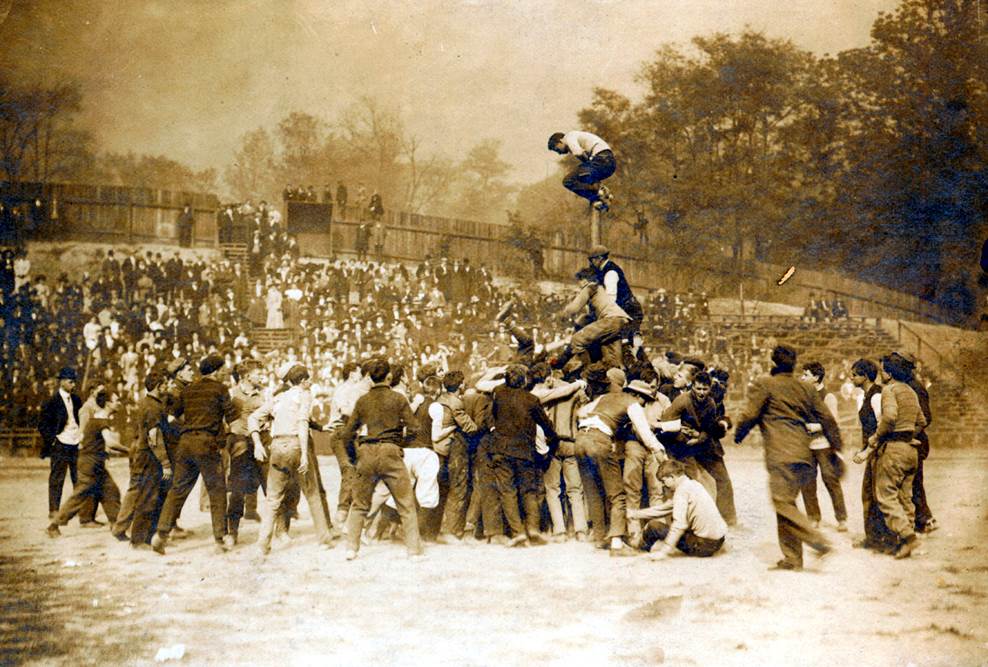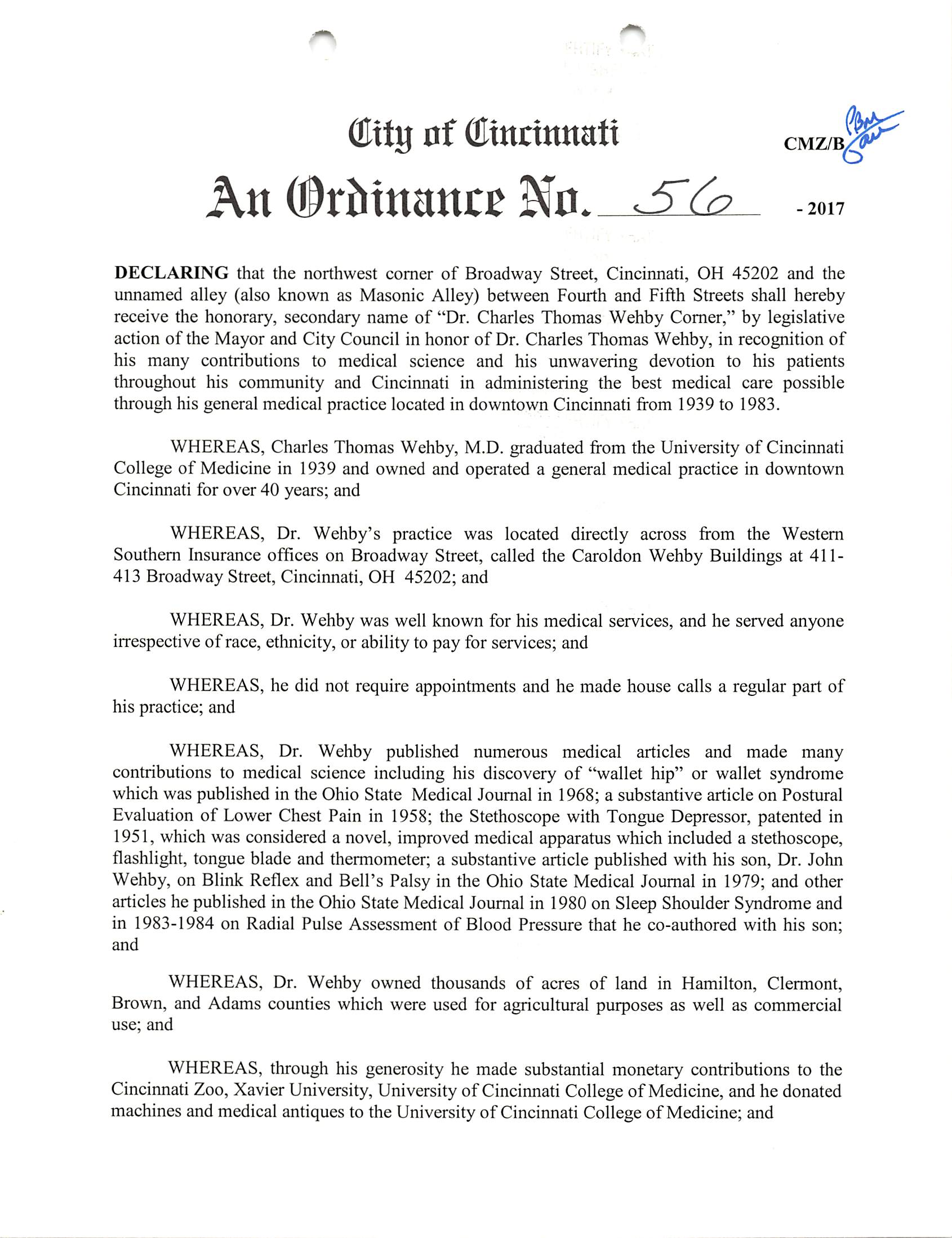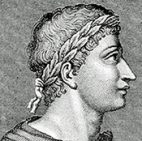
In connection with the event on Thursday, March 29, in the Classics Library, celebrating the life and works of Publius Ouidius Naso (see blog post below), we are choosing our favorite Ovid quotes. If you would like to participate, please share your favorite(s) (with exact attribution) or choose from the ones below!
“There is nothing constant in the universe, all ebb and flow, and every shape that is born bears in its womb the seeds of change” (Metamorphoses 5.177). UC President Pinto’s favorite quote!
“To put it briefly, we possess nothing that isn’t mortal, except the benefits of the heart and the mind” (Tristia 3.7.43-44). Bridget Langley’s favorite quote
“The barbarian here is me, for I make no sense to anyone” (Tristia 5.10.37). Colin Shelton’s favorite quote
“Believe me, nothing perishes in all the world; it does but vary and renew its form. What we call birth is but a beginning to be other than what one was before; and death is but a cessation of a former state” (Metamorphoses 15. 254-257). Mike’s favorite quote I
“A person’s last day must ever be awaited, and none be counted happy till his death, till his last funeral rites are paid” (Metamorphoses 3.134-6). Mike’s favorite quote II
“O Time, thou great devourer, and thou, envious Age, together you destroy all things; and, slowly gnawing your teeth, you finally consume all things in lingering death!” (Metamorphoses 15. 234-236). Mike’s favorite quote III
“O mortals, do not pollute your bodies with food so impious [the flesh of animals]! You have the fruits of the earth, you have apples, bending down the branches with their weight, and grapes swelling in ripeness on the vines, you also have sweet herbs…” (Metamorphoses 15.75-78). Rebecka’s favorite quote I
“Poor me! Love cannot be cured by herbs” (Metamorphoses 1.523). Rebecka’s favorite quote II
“Not for one person’s delight has nature made the sun, the wind, the waters; all are free” (Metamorphoses 6.349).
“You can learn from anyone even your enemy” (Metamorphoses 4.428).
“I am the poet of the poor, because I was poor when I loved; since I could not give gifts, I gave words” (Ars Amatoria 165-166).
“If you want to be loved, be lovable” (Ars Amatoria 107).
“A faithful study of the liberal arts humanizes character and permits it not to be cruel” (Epistulae ex Ponto 2.9.47-48).

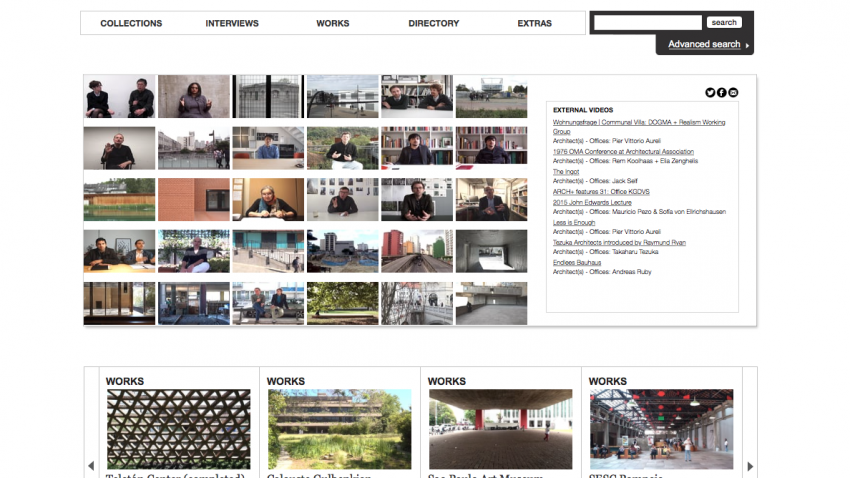

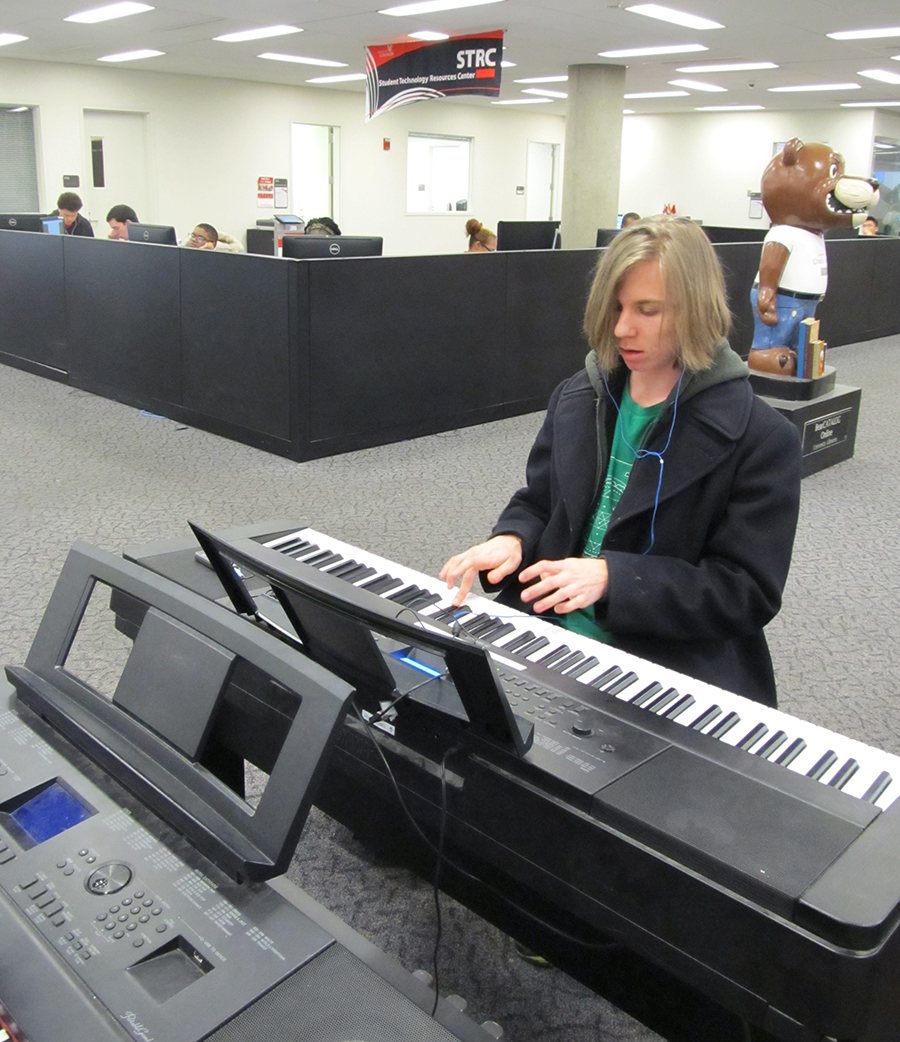
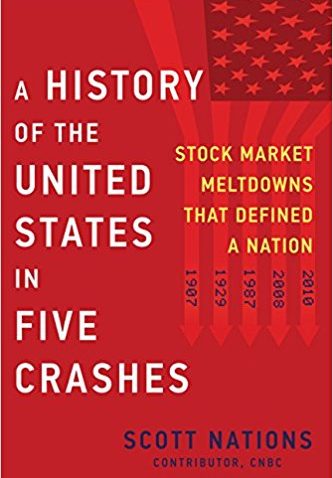

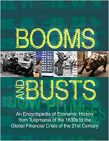

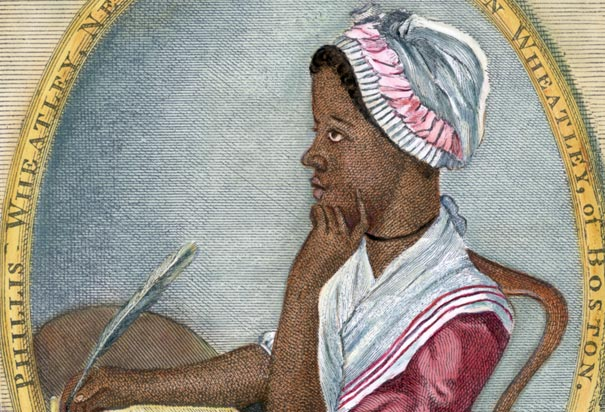 In celebration of Black History Month, UC Libraries is holding an event featuring poetry and poet Phillis Wheatley, the first published African-American poet.
In celebration of Black History Month, UC Libraries is holding an event featuring poetry and poet Phillis Wheatley, the first published African-American poet.


 p by the
p by the 